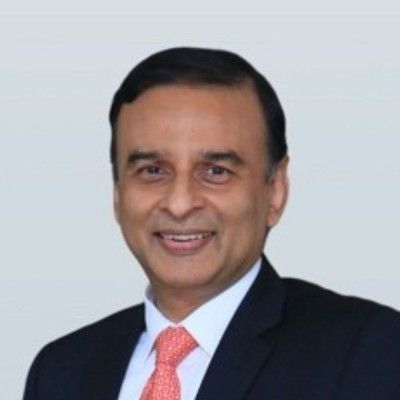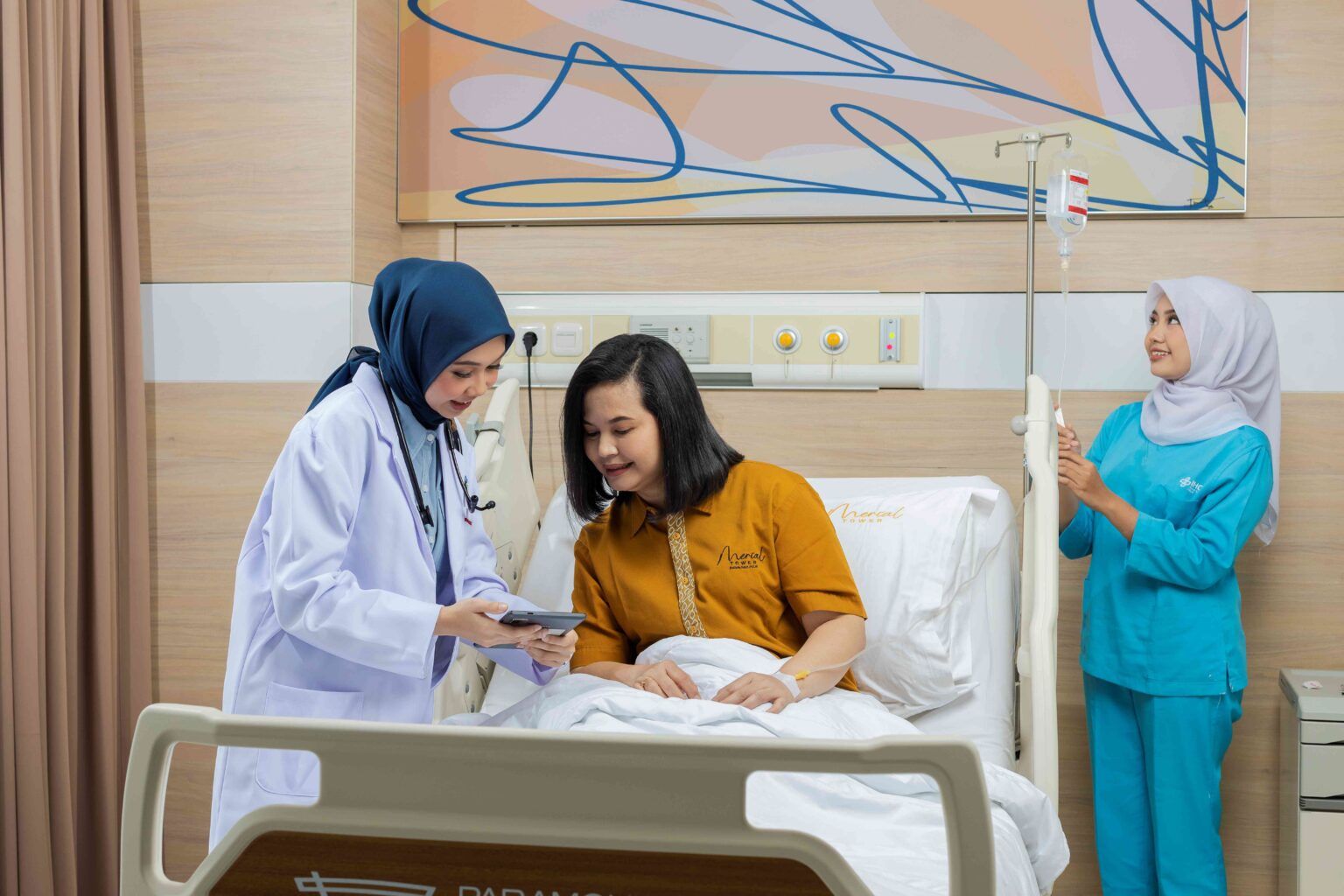Indonesia’s healthcare transformation in action: Insights from Pertamina Bina Medika IHC
)
 |
True healthcare transformation cuts deeper than simply implementing digital systems – it’s about reshaping the various functions of the organisation towards delivering tangible impact, whether in patient experience, operational flow-through, or cost efficiency, says Mr Ashok Bajpai, Chief Transformation Officer of Pertamina Bina Medika IHC (IHC). |
IHC is a subsidiary of PT Pertamina (Persero) – Indonesia’s state-owned energy company – focusing on the healthcare sector, with a network of 38 hospitals across the country. As Chief Transformation Officer, Mr Ashok oversees information technology, human resources, procurement and the transformation office, the four biggest cost drivers and levers of a comprehensive transformation agenda across all functions of the group.
An example of how these come together is IHC’s ongoing overhaul of its procurement function. The simple approach would have to be to simply install an Enterprise Resource Planning (ERP) system; instead, Mr Ashok and his team began by studying the quality of existing data and how it is being captured in existing systems.
“We are bringing in all that data from our hospitals – good, bad, or ugly – into one data lake, making sure that is cleansed, standardised, and ready to be used by our higher-level ERP systems like SAP to deliver actionable insights,” he explains.
This approach of pairing bottom-up data quality improvements with top-down ERP implementation ensures a system-wide transformation instead of siloed changes.

Transformation as a balancing act
Driving transformation on this scale is a balancing act between competing priorities and stakeholder expectations, notes Mr Ashok.
“When there’s so much to fix, you have to wonder where to start,” he says. “Transformation is very different from continuous improvement – it needs to have a beginning and an end. For me, delivering the biggest business impact is the first filter to prioritise my transformation projects across all functions.”
In doing so, Mr Ashok has designed a three-year comprehensive transformation programme which prioritises projects based on their potential for impact, whether on revenue gains, cost reduction, or throughput improvements.
This requires constant communication, particularly when projects are delayed or deprioritised. “The ‘why’ has to be communicated endlessly to avoid misunderstandings,” he adds.
With major shareholders including the Indonesia Investment Authority and Hong Kong-based Swire Pacific, stakeholder management is critical. Some expect rapid change at global pace, but local realities and momentum of change on the ground can be vastly different. There is a need to balance urgency with operational stability – ensuring changes are implemented without disruptions to patients experience or hospital environment.
“Getting that alignment on the changes with both your shareholders and your teams at the hospital is crucial,” says Mr Ashok. “If you don’t match expectations on both sides, you are going to get stuck in the middle.”
AI and the next phase of Asia’s healthcare transformation
Artificial intelligence (AI) is becoming a prominent part of Asia’s healthcare agenda, with growing application in imaging, diagnostics, and predictive analytics.
For Mr Ashok, the AI hype poses several important questions for hospital CIOs: to what extent should they implement AI in the hospital environment, and at what costs and risks?
“Bringing AI in for diagnosis is fraught with risk, but other places such as imaging and pathology are becoming very obvious places to invest in, as they offer tried-and-tested benefits in affordability, improved quality of care and patient service,” he points out.
The issue of cost may be addressed through a subscription or capital expenditure model. Rather than adopting multiple standalone AI systems, IHC is exploring AI ‘marketplaces’ where multiple AI-driven diagnostic tools can be accessed through a unified interface. This makes it easier for clinicians to learn while allowing for more flexible, scalable deployment. Importantly, the continuous updates offered by these platforms also reduce the risk of obsolescence
Besides AI, Mr Ashok also sees more hospitals in the region seeking strategic enhancements to their information systems, whether through middleware and APIs; as well as tools to further drive patient experience and efficiency improvements, such as software that incorporate data across the patient journey for a seamless experience.
Nonetheless, the goal of transformation is not about chasing the latest tech trend, but selecting the right tools that cater to the individual facility’s needs and operating context. By taking a holistic approach that aligns technology with people, process, and purpose, organisations like IHC are delivering real-world impact that goes beyond buzzwords – something increasingly vital as healthcare networks across Southeast Asia face pressure to do more, with less.

